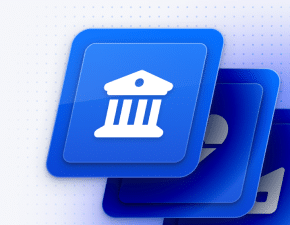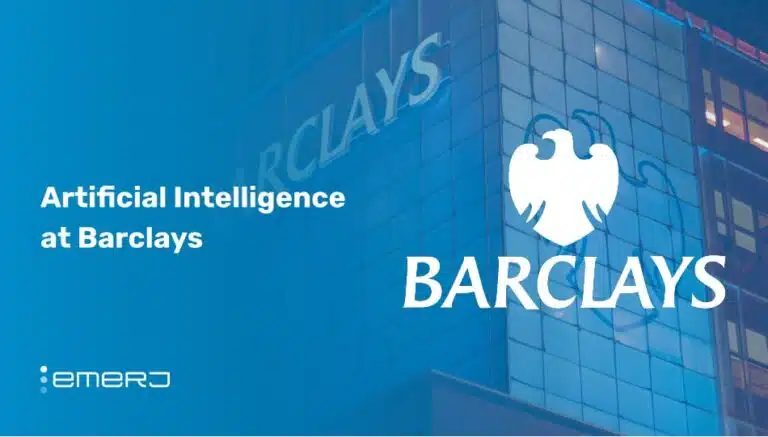The Charles Schwab Corporation is a leading financial services firm, reporting $10.28 trillion in client assets as of February 2025, a 16% year-over-year increase. In Q4 2024, the company generated $5.3 billion in net revenues (up 20% year-over-year) and $1.8 billion in net income, resulting in $0.94 EPS. Core net new assets reached $114.8 billion for the quarter and $367 billion for the year. The adjusted pre-tax profit margin stood at 46.6%.
Schwab has strategically integrated AI to enhance efficiency and client service. The company’s Schwab Knowledge Assistant achieved 90% employee adoption growth in 2024, reducing research time and improving response accuracy.
In the company’s winter business update, Schwab credits AI for driving down operational costs, including a 25% reduction in the cost per account over the past decade. Future initiatives include the Schwab Research Assistant, which leverages proprietary data to streamline financial planning.
This article explores two compelling AI use cases at Charles Schwab:
- Virtual assistants for operational efficiency: Leveraging generative tools to automate research and streamline processes can significantly reduce handling times and improve overall operational efficiency.
- NLP models for thematic investing: Using natural language processing in its AI-driven model to enhance stock selection by analyzing vast amounts of unstructured data, driving growth in thematic investing portfolios.
Adopting Generative AI for Operational Efficiency
Inefficient client service operations continue to be a significant challenge for many organizations. Employees often spend excessive time manually searching for information, which causes delays and frustration for staff and customers and results in higher operational costs.
A Harvard Business Review Analytic Services report from 2023 shows that undigitized workflows lead to delayed response times (reported by 70% of organizations), increased errors and data inconsistencies (60%), and inconsistent service among employees (55%).
These inefficiencies directly impact customer satisfaction and employee engagement, highlighting the critical need for workflow digitization to streamline processes and improve employee and client outcomes.
Charles Schwab faced inefficiencies in its client service operations, with frontline representatives spending excessive time manually searching internal knowledge bases to answer complex client queries.
According to one of the company’s 2019 blogs, Schwab Advisor Services handled over 3 million calls annually (approximately 8,000 per day), often requiring multiple transfers or hold times due to fragmented information access.

A screenshot of a Charles Schwab blog post from 2019, showing how automated, generative tools channel customers to human agents through specific inquiries and keywords. (Source: Charles Schwab)
Chelsey Sleator, Senior Manager in Corporate Affairs at Charles Schwab, explains the pre-AI workflow in a separate blog post as follows:
- Manual Search: Representatives combed through Schwab’s Knowledge Center (internal database) using keyword searches for policies, tax implications, or product details (e.g., “ETFs vs. mutual funds tax efficiency”).
- Synthesis: Employees had to read and cross-reference multiple articles to formulate responses.
- Validation: Answers required verification against compliance guidelines before sharing with clients.
Sleater’s blog claims the process took 5–10 minutes per complex query, straining productivity and client wait time.
The same blog also states that the Schwab Knowledge Assistant, which launched in 2024, is a generative AI tool leveraging large language models and natural language processing to:
- Automate Research: Scans the Knowledge Center and synthesizes answers in conversational language, citing sources.
- Reduce Handling Time: Cuts resolution time by 2 minutes per call by eliminating manual steps.
- Ensure Accuracy: Flags compliance-sensitive answers for human review, maintaining regulatory adherence.
Sleater’s blog goes on to claim that Schwab’s Knowledge Assistant has improved efficiency, though full technical details remain undisclosed.
Among the benefits noted in the post:
- 2-minute reduction per complex call,
- 90% growth in employee adoption in 2024
- 25% decade-long decline in the cost per client account—
Extrapolating from disclosed call volumes (~8,000/day), we estimate 140,000 monthly hours saved and approximately $10 million-plus in annual labor cost reductions (assuming average representative wages).
While Schwab hasn’t shared exact AI stack details or granular ROI outside of these posts, the tool’s scalability is evident in its expansion to the Schwab Research Assistant, which reinforces its role in sustaining the firm’s 46.6% pre-tax profit margin (as of 2024).
Leveraging AI for Thematic Investing
Investors are increasingly interested in thematic investing, which involves selecting stocks based on exposure to major trends (like AI, clean energy, or demographic shifts) rather than traditional sector or size classifications. However, identifying the most relevant companies for a given theme is challenging due to the sheer volume and complexity of available data.
“The key, of course, is not to just collect useful data but to analyze it in a way that gives investors relevant information to help drive their investment decisions,” notes a blog post published by Charles Schwab on thematic investing.
The blog further mentions that Schwab’s thematic research employs a unique approach to finding, selecting, and measuring stocks based on their relevance to a theme. Notably, the blog claims that the company uses a proprietary algorithm to help measure thematic relevance.
The blog cited above also mentions that the algorithm is powered by natural language processing and serves as the cornerstone of our modern approach to thematic research. The model’s capabilities allow the algorithm to sort through millions of documents to identify and rank companies based on their relevance to a particular investment theme.
Promotional materials via the company’s website explaining their thematic investment products to customers show a step-by-step breakdown of how Schwab’s AI-driven thematic investing model works:
- Define the Investment Theme
Schwab’s research team identifies a trend (e.g., AI, aging populations) and defines its scope. They create a list of keywords and concepts that represent the theme, such as “machine learning” or “retirement healthcare solutions.” - Gather Data Sources
The AI system analyzes unstructured data from three main sources:
– Regulatory filings (e.g., SEC reports detailing company strategies)
– Patent grants (to identify innovations)
– Clinical trial results (for healthcare themes) - Analyze Relevance Using AI
An NLP-powered algorithm scans millions of documents to:
– Detect keyword frequency to check how often theme-related terms appear.
– Weight rare phrases, e.g., “generative AI,” scores higher than generic terms like “software.”
– Prioritize recent data to give newer documents influence scores more heavily).
– Normalize for company size, preventing large companies from dominating unfairly).
– Scores every company on theme relevance (0–100%) based on this analysis. - Build the Stock List
Once the Model identifies the U.S. listed stocks and American Depositary Receipts (ADRs), the next step is to use the relevancy scores to build a list of securities with exposure to a theme. The model:
- Removes companies with a score of 0% or low liquidity.
- Filters out micro-cap stocks (too small or risky).
- Ranks companies by relevance score.
- Selects the top 25 stocks and weights them by:
- Relevance score (70% weighting)
- Market capitalization (30% weighting)

Screenshot of Schwab Thematic Investing (Source: Charles Schwab)

Screenshot of Schwab Thematic Investing (Source: Charles Schwab)
While Charles Schwab did not disclose specific financial figures for its AI-powered Schwab Investing Themes™, the platform offers over 40 thematic portfolios with a low $250 minimum investment and no fees, making it highly accessible to millions of retail investors.
Given Schwab’s 37+ million brokerage accounts, even a small adoption rate could translate into tens of millions in new assets under management.
Schwab’s brokerage accounts, combined with growing client interest in values-aligned investing and the broader $92 billion (U.S.-listed thematic fund assets) thematic investing market, positions Schwab’s AI-driven solution as a significant growth driver for the company’s future revenue and client engagement.

















